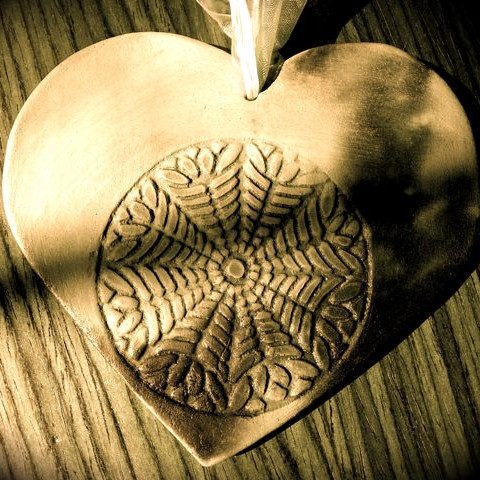
This image is part of series of photographs, published in a book called Condemned by photographer Robin Hammond. This government-run facility in the Niger Delta town of Eket, Nigeria, is meant to be a psychiatric hospital. In reality it is a merely a place of incarceration for people with mental disability. October 2012 photo by Robin Hammond/Panos
I’ve found some recent mental health statistics for South Africa (where I live) and the figures are scary – not because of the number of people who have mental illness but because the majority of people will never get the help they need.
The article was published on timeslive.co.za – take a look at these stats:
- One in three South Africans suffer from mental illness and 75% of them won’t get any help.
- Juvenile mental patients who do receive treatment in state institutions risk being raped and housed in prison-like conditions.
- More than 17 million people in South Africa are dealing with depression, substance abuse, anxiety, bipolar disorder and schizophrenia – illnesses that round out the top five mental health diagnoses, according to the Mental Health Federation of South Africa.
- 48% of new mothers suffer from postnatal depression.
The South African Depression and Anxiety Group, and NGO which is doing such good work in South Africa around mental illness, was quoted in the article saying that mental illness is “the orphan” of our healthcare system. The article says that the Department of Health in South Africa spends only 4% – or R9.3-billion – of its budget to address the country’s mental health crisis. The head of the government’s mental health services ascribes the meagre national health budget allocation to there being health problems that are more urgent, such as HIV/Aids – 43% of whom also have a mental disorder.
I am fortunate that I can afford private health care, but even if your medical aid plan covers in-patient treatment in a private psychiatric clinic, it doesn’t cover the cost of seeing a psychologist or psychiatrist regularly. Some people have a savings allocation as part of their medical aid, but often this runs out very quickly if you are also paying for medication every month.
Under-resourced state facilities make it is close to impossible for people to get the treatment they need. I think one of the reasons why the budget allocation is so low is because there is a lack of understanding about mental illness. It isn’t viewed as a chronic condition that needs treatment. And then there’s the stigma and the appalling treatment of people who have mental illness – no wonder no one wants to talk about it and seek help. This is also a problem in many private health care facilities (but this is story for another blog post).
Dr Melvyn Freeman, head of non-communicable diseases at the Department of Health, was quoted in the article saying: “We know we have a problem, but we have to take it in the context of South Africa, which has many problems. We have to look at the priority list.
Why isn’t mental illness a priority?

